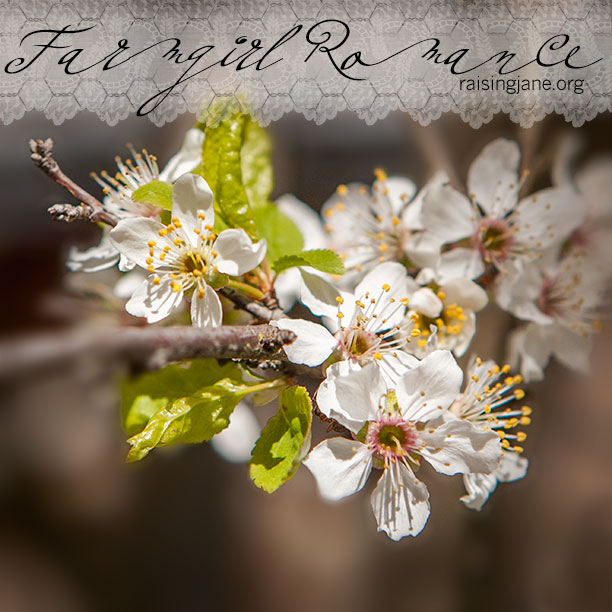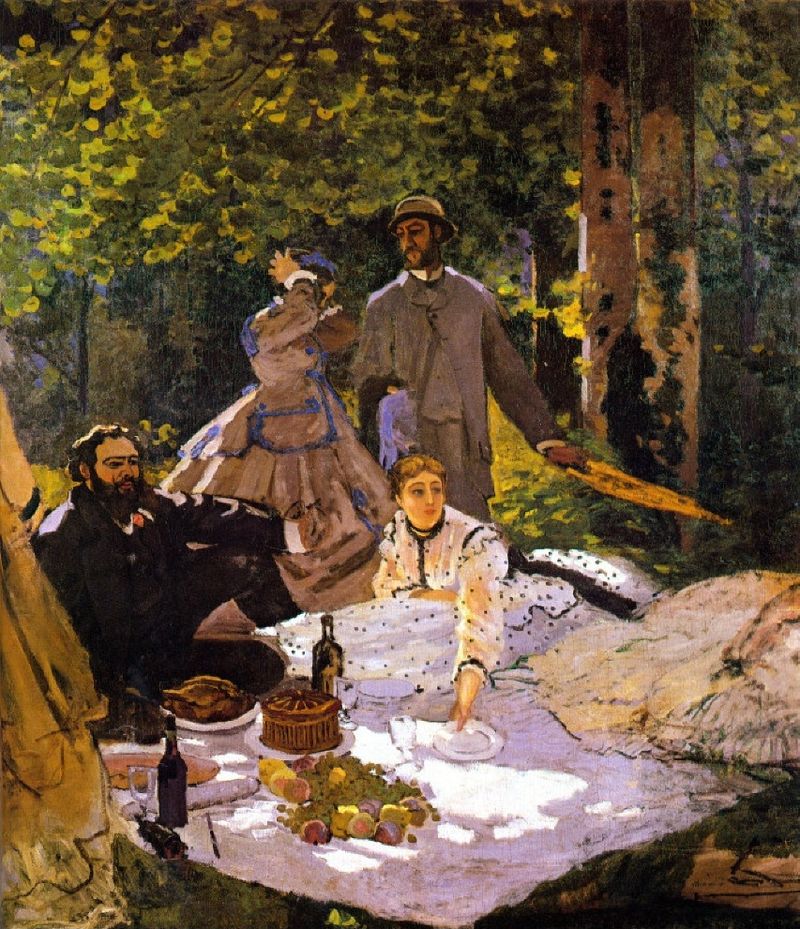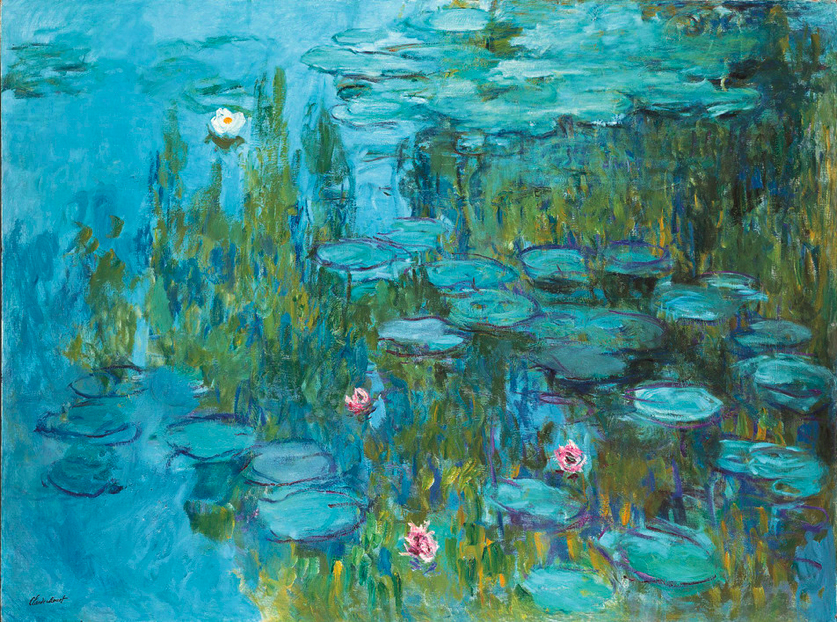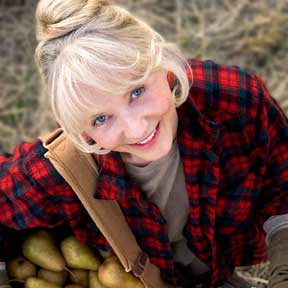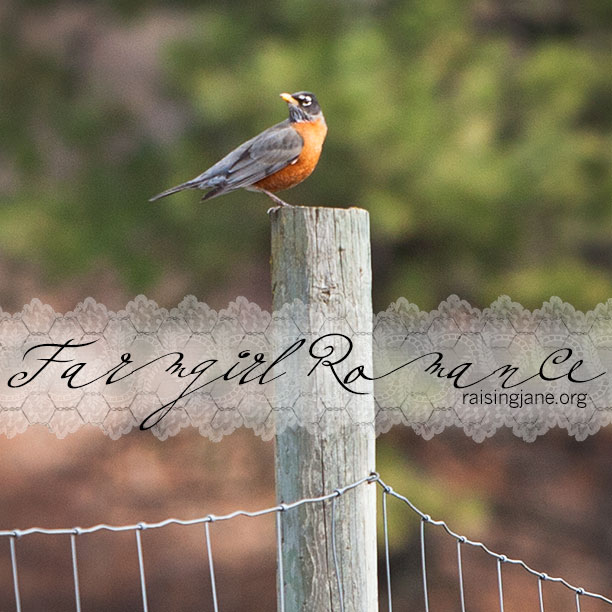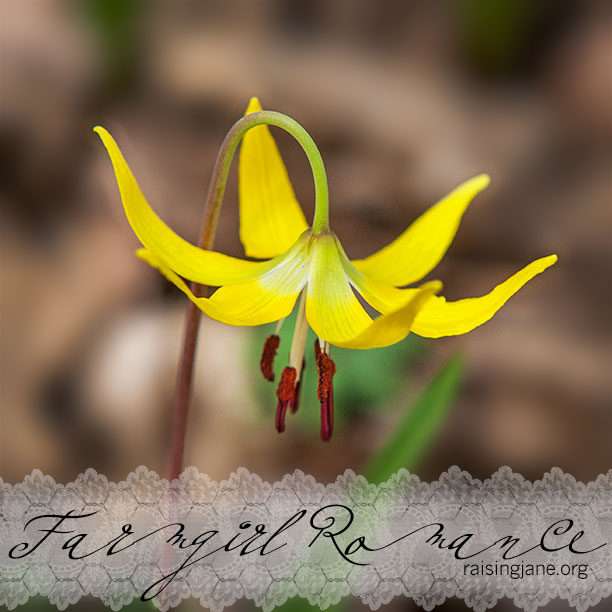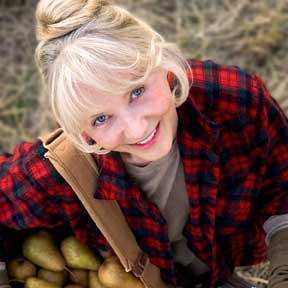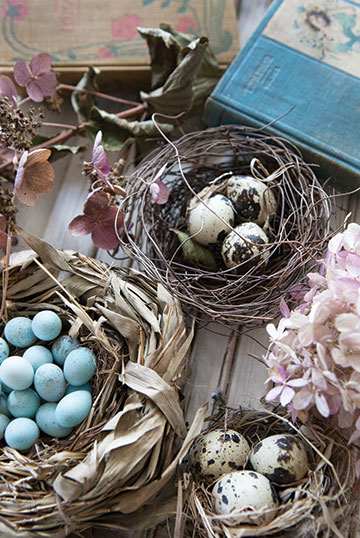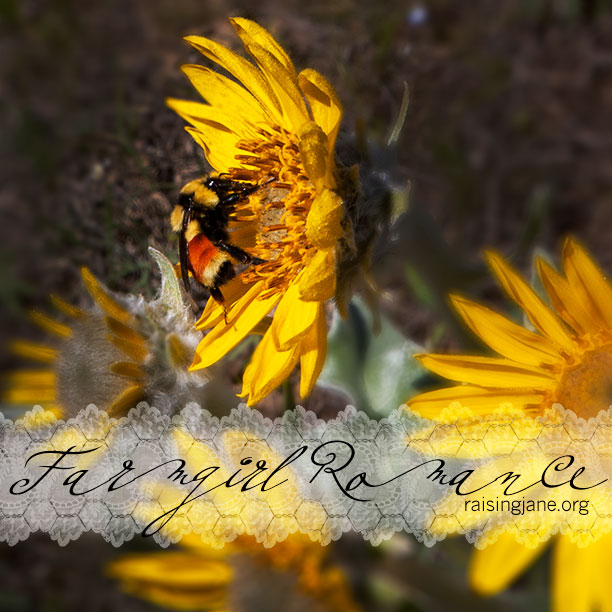Need a little inspiration to get moving today, chase your dreams, touch the sun?
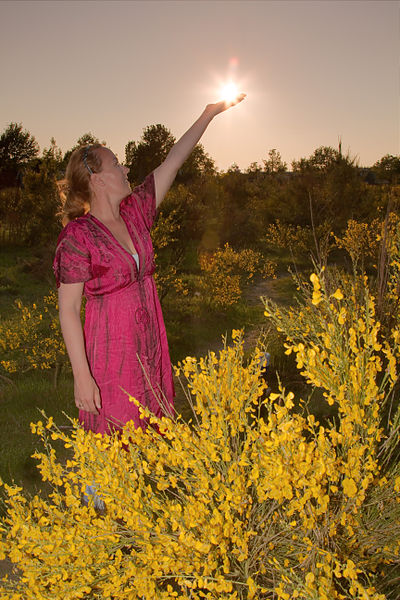
Photo by Sander van der Wel via Wikimedia Commons
Well, I’m always here to tell you that anything is possible. This backcountry maiden turned MaryJanesFarm maven knows what she’s talkin’ about, sister.
But, if you won’t take my word for it, take the tweet of a simple songbird instead …
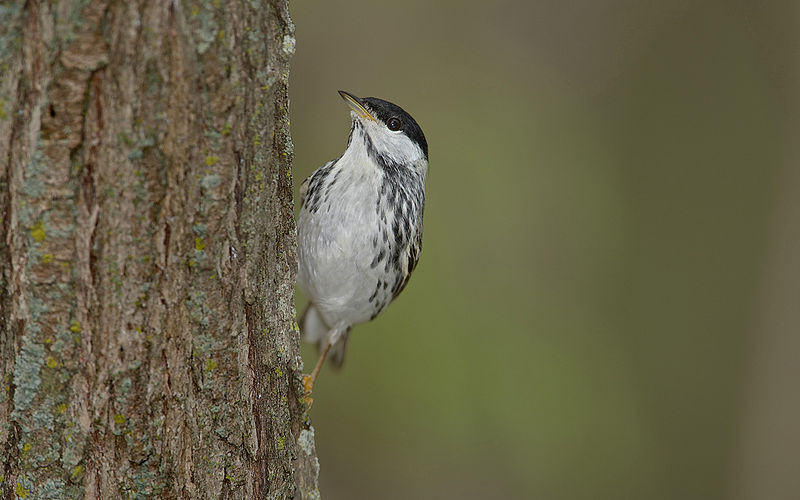
Photo by William H. Majoros via Wikimedia Commons
Meet the blackpoll warbler.
This unassuming pipsqueak, small enough to perch on your hand, is an unsung marvel.
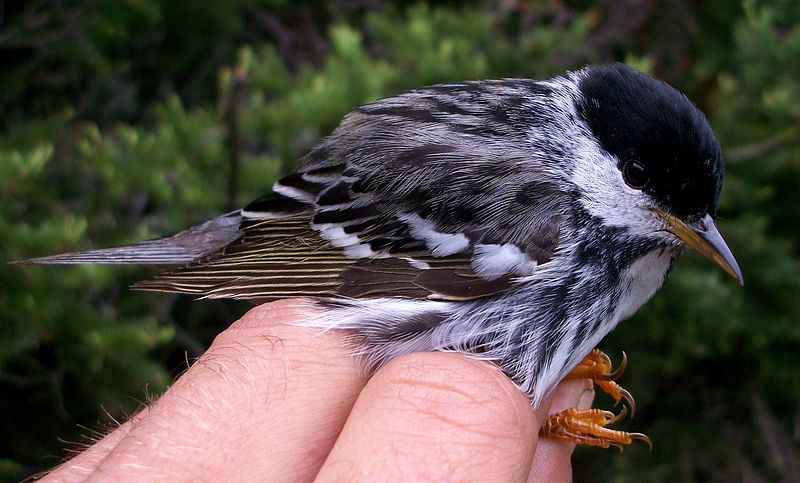
Photo by PJTurgeon via Wikimedia
On wings measuring no more than 9″ from tip to tip, the blackpoll warbler flies over 1,500 miles in about three days. Fifteen HUNDRED miles. Three DAYS. You do the math. And, did I mention that most of those miles are flown over OPEN OCEAN???
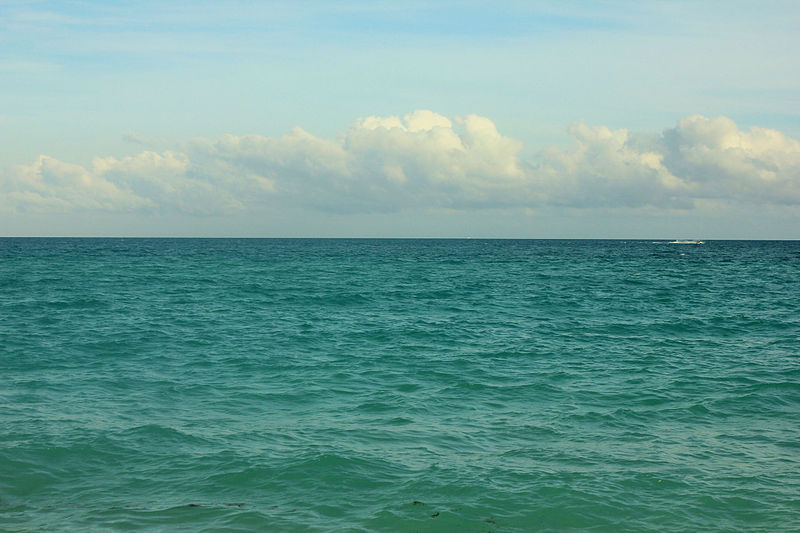
Photo by Yinan Chen via Wikimedia Commons
Yeah.
Makes getting out of bed on a tough day seem an itsy bit easier, dontcha know?
The widely wandering warbler’s mind-boggling migration was something of a myth among scientists until recently. They knew that these birds made a l-o-n-g trip from northeastern Canada, across the Atlantic, to wintering grounds in South America. But they couldn’t quite believe that the epic voyage occurred in fast forward, nonstop, until a study by researcher Dr. Bill DeLuca from the University of Massachusetts Amherst said it was so.
“For small songbirds, we are only just now beginning to understand the migratory routes that connect temperate breeding grounds to tropical wintering areas,” DeLuca explained. “We’re really excited to report that this is one of the longest nonstop overwater flights ever recorded for a songbird and finally confirms what has long been believed to be one of the most extraordinary migratory feats on the planet.”
The moral of this story?
If the blackpoll warbler can span the sea with a flutter of feathers, you can do anything you set your mind to.
ANYTHING.
Keep your chin up, spread those wings, and make it happen.

Nike Victory statue, Tony Smith via Flickr.com
